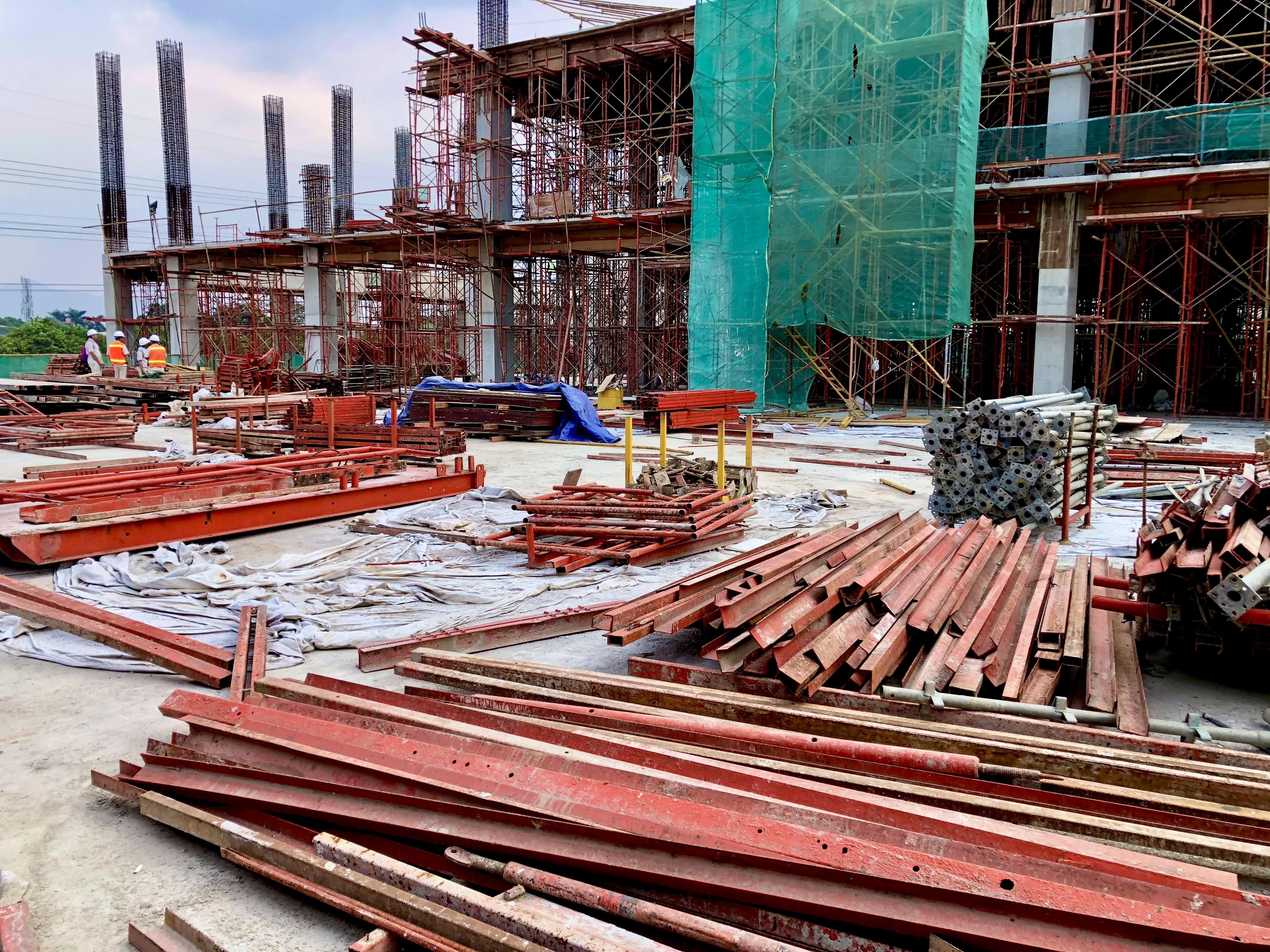Introduction
Learn effective strategies to manage construction material price volatility. Discover practical tips for budgeting, procurement, and cost control during market fluctuations.
Construction material markets are increasingly unpredictable, joining the ranks of price volatile sectors like fuel and stock markets. Prices increase, supplies reduce, and the budget you planned with the eyes of a surgeon and skill of a mathematician now looks all hazy. But then there is hope. You might not be able to control the market, but you can plan on how to respond to it. Let's work on how to go about it.
1. Plan for the Worst, Hope for the Best

Understanding and preparing for potential price fluctuations can help protect your budget while ensuring project continuity. Consider implementing these key planning strategies:
• Set an emergency budget: Always allocate 10–15% of your total budget for price fluctuations. Think of it as a "flood-relief fund”.
• Monitor material cost: Keep an eye on material prices, especially for high-cost items like steel, cement, and timber.
• Lock in rates early: If you foresee a price hike, try negotiating with suppliers, especially when you want to buy in bulk. You also can lock in rates. Pre-purchase agreements can be your best friend here.
2. Diversify Your Supplier Base

Relying on a single supplier is like putting all your eggs in one basket—it’s risky.
• Build relationships with multiple suppliers: Having a network allows you to compare prices and switch suppliers if needed.
• Local suppliers to the rescue: Suppliers in your area/neighbourhood will have shorter lead times and lower costs, especially during global market disruptions.
• Negotiate bulk discounts: Consolidating purchases for bulk orders can secure better rates and help weather market instability.
3. Try Bulk Purchasing and Storage

Common sense says buying in bulk when prices are low is the obvious thing to do. But then there’s more to it.
• Secure storage facilities: You must ensure you have a safe and dry place to store bulk materials. Poor storage can lead to waste and negate your savings.
• Collaborate with others: Easier said than done, but you could still try. If your project doesn’t need large quantities, consider pooling orders with other builders to get bulk discounts
• Pre-buy volatile materials: The prices of items like steel and cement often fluctuate a lot. Buying these early can save you from mid-project price shocks.
4. Leverage Technology for Cost Control

Modern problems need modern solutions.
• Construction management software: There are many online tools that can help track material costs in real-time and provide alerts for potential overages.
• Price forecasting tools: Platforms that analyse historical data and market trends can give you a heads-up about upcoming price changes.
• Inventory management systems: Avoid overordering (and overspending) by accurately tracking what you already have versus what you need.
5. Negotiate Flexible Contracts

The right contracts can be a lifesaver in volatile markets.
• Include price escalation clauses: Consider price hike so that the clauses account for material price increases and contractors do not hike their fees unexpectedly.
• Negotiate long-term deals: If you have a trusted supplier, try and lock in long-term contracts to secure stable pricing.
• Hold contractors accountable: Ensure your agreements spell out responsibilities for sourcing materials, so that the impact of surprises is shared by the contractors too.
6. Schedule Smartly

Timing can be everything in managing material costs.
• Phase your project: Split the project into phases and purchase materials as and when needed. This avoids locking up money in inventory.
• Avoid peak seasons: Construction booms during peak seasons (summer, festival times) can drive up prices. If possible, plan away from these periods.
• Stay ahead of demand: If you know a material is in high demand, purchase it early.
7. Keep a Close Eye on Global Events

Material prices don’t operate upon whims and fancies—they’re influenced by global factors.
• Geopolitical issues: Tariffs, wars, or trade restrictions can affect the supply chain. Keep yourself informed.
• Currency fluctuations: If you’re importing materials, exchange rate changes can impact costs. Plan your purchases when rates are favourable.
• Market reports: Follow industry newsletters and reports to stay updated on trends.
8. Collaborate with Your Team

Transparency and teamwork are crucial in managing costs.
• Involve contractors in decision-making: Experienced contractors often have insider knowledge about suppliers and alternatives.
• Consult architects and engineers: They can help tweak designs to accommodate material substitutions without compromising quality.
• Communicate changes promptly: If prices force a design or material change, inform stakeholders immediately to avoid misunderstandings.
9. Learn to Adapt

Fluctuations are inevitable, but resilience is key.
• Stay flexible: Be prepared to adjust your design or schedule if prices spike.
• Track progress regularly: Frequent cost reviews help identify and address issues before they spiral out of control.
• Focus on the end goal: Temporary setbacks are part of the process. Keep your eyes on the prize—a well-built project within budget.
In conclusion
While material market fluctuations present challenges, with proper planning, adaptability, and smart decision-making, you can face it like a professional. You should treat every obstacle like an opportunity to innovate, negotiate, and strengthen your construction strategy. A steady hand, a sharp mind, and a bit of flexibility can make all the difference. The key is to act, not react—and always keep your budget and priorities in focus.
Related articles
Sign up for the newsletter
If you want relevant updates occasionally, sign up for the private newsletter. Your email is never shared.

















